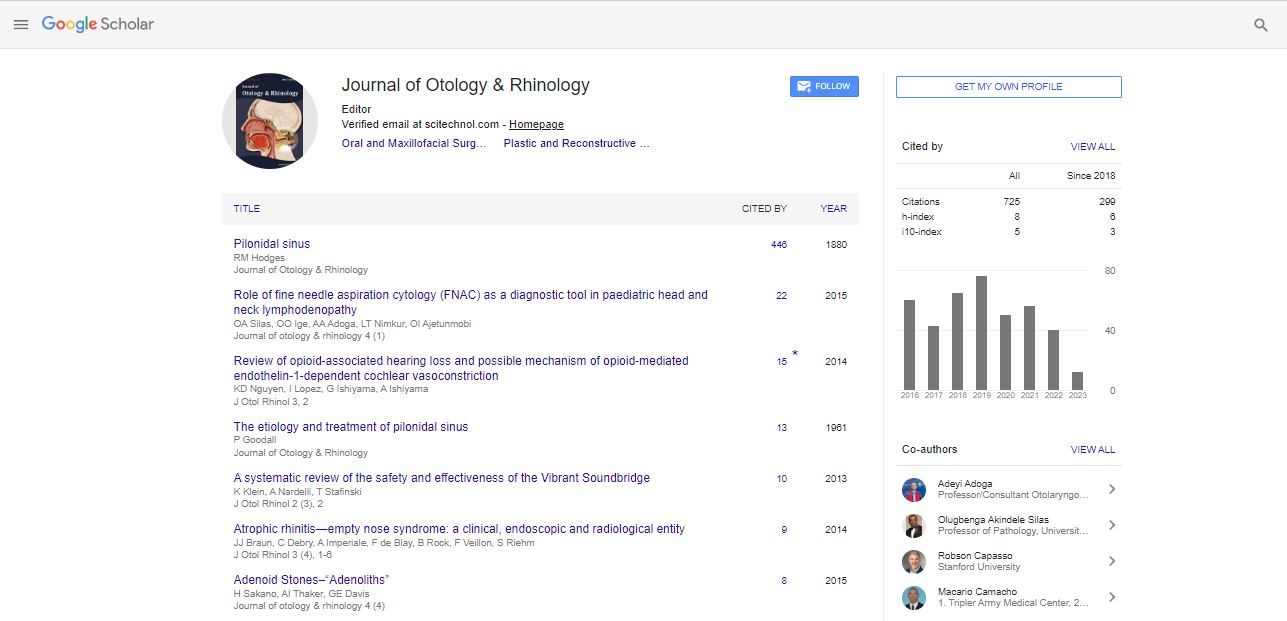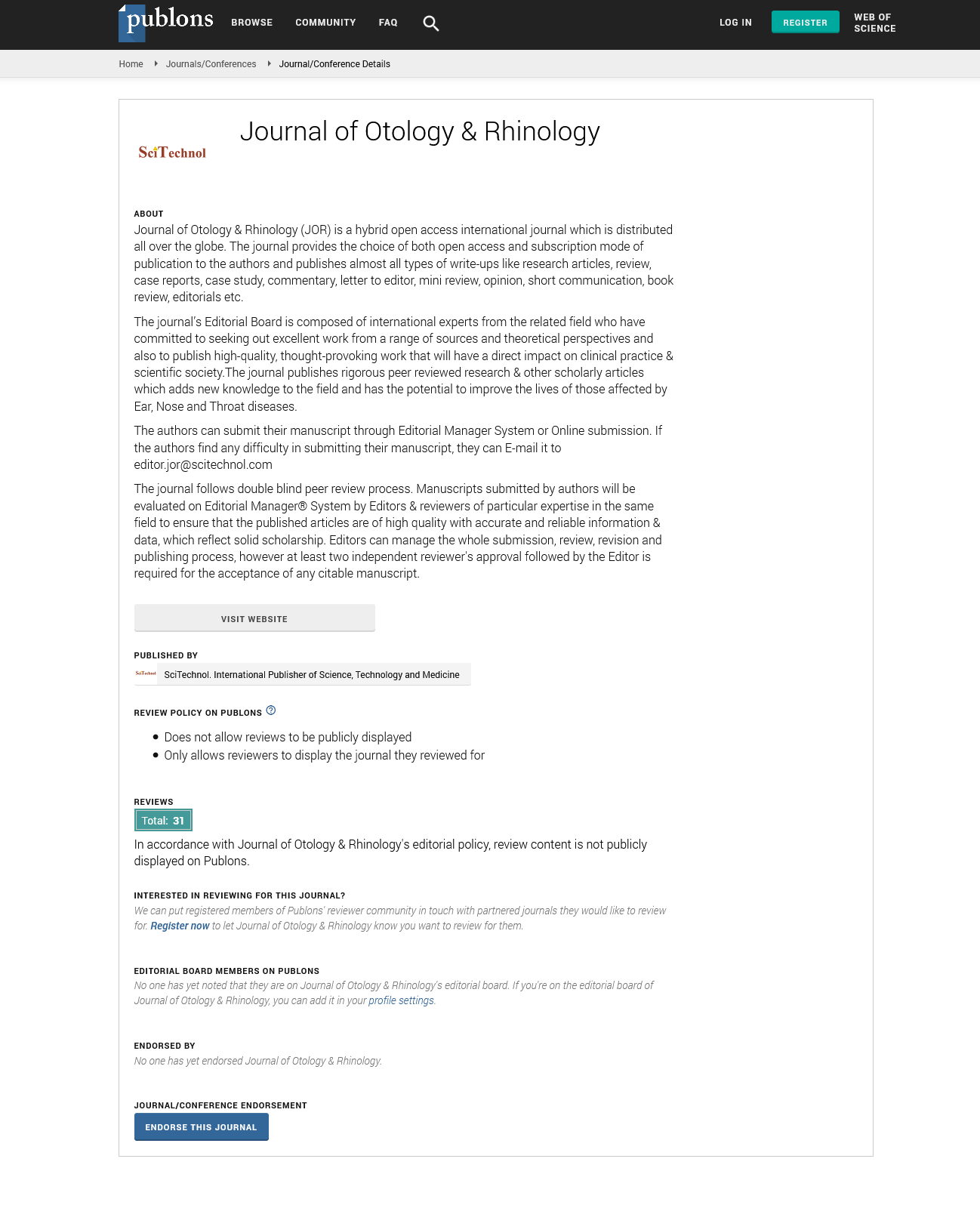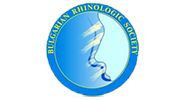Mucociliary clearance: Measures and therapies
Murray Grossan
Bellevue Hospital, USA
:
Abstract
In health, mucociliary clearance (MCC) provides mucus to trap bacteria and cilia, to move them out of the nose and bronchi. In illness, a primary issue is failure of MCC. Then, bacteria remain in place and multiply in post-sinus surgery, poor MCC leads to infection. In asthma, poor response to treatment suggests poor MCC. In seasonal allergy, onset of sinus infection matches decreased MCC. Measures to improve MCC include hydration, vibration, proteolytic enzymes, L-theanine, L-cysteine. This program explains why chicken soup and green-tea, lemon and honey work well. Mucociliary clearance (MCC) refers to the system of mucus that is secreted in the respiratory system. This is in two layers: outer gel layer is thick and traps bacteria, dust, etc. Lower or inner sol layer is thin and contains cilia that move in synchrony and move the outer layer. In the upper respiratory system, the mucus is moved from the nose, to nasopharynx, throat, to the stomach. In the lower-system, it is moved up and over the larynx, and then to the stomach. The outer gel layer produces 1-2 liter/day and contains goblet cells and submucosal glands, mucin (glycoprotein), IgA, albumin, lactoferrin, and lysozyme. MCC can be measured by using the saccharin test: Place a particle in the nose and see if it is tasted by the tongue in normal 5-7 minutes. Humming in a low tone such as ooommm vibrates the thick gel, thinning it. Pulsed irrigation at a pulse rate designed to restore cilia is effective. If biofilm is present, add surfactant to the irrigating solution. If chronic infection is present, add xylitol to the saline solution. Lactated Ringer’s solution is known to improve nasociliary movement. Chronic bronchitis, asthma, and chronic cough are often associated with reduced MCC and are benefitted with improving MCC.
Biography
Murray Grossan is a Board Certified in Otolaryngology with special interest in Scuba Diving Medicine. He completed his training at Bellevue Hospital, New York. His publications include “The use of the saccharin test, pulsatile irrigation for sinus disease, application of Bernoulli principle for sinus drainage”. He pioneered using Biofeedback for Tinnitus and Stress Relief. In addition to his 30+ medical journal publications, he has published popular books on Sinusitis, Tinnitus and Stress Reduction. His current book, The Whole-Body Approach to Allergy and Sinus Health, stresses a total approach to treating sinusitis that includes stress reduction, using humor, better sleep, humming, and pulsed sinus irrigation. He practices non-antibiotic intervention whenever possible.
Email: drgrossan@yahoo.com
 Spanish
Spanish  Chinese
Chinese  Russian
Russian  German
German  French
French  Japanese
Japanese  Portuguese
Portuguese  Hindi
Hindi 


